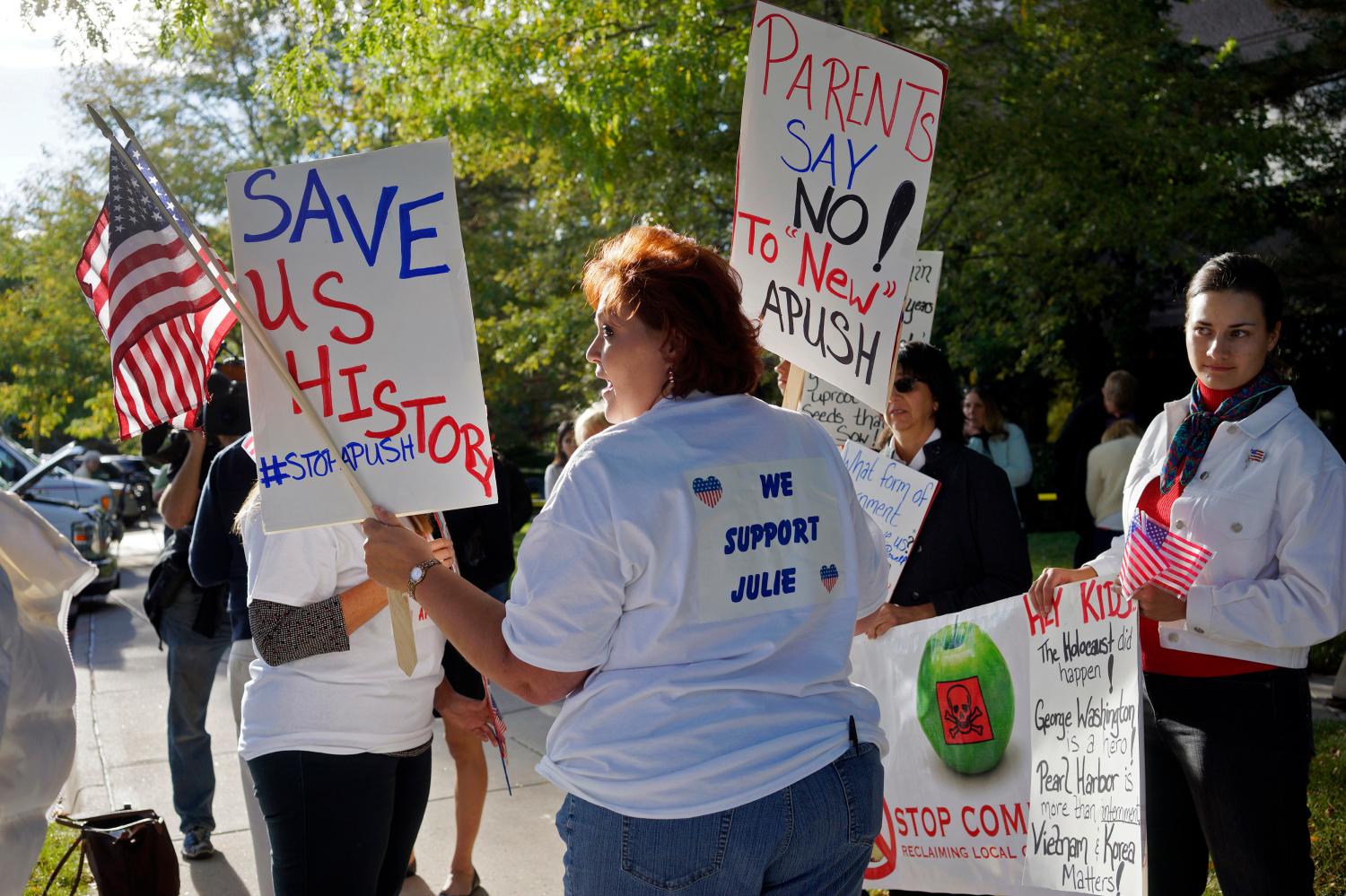The traditional delivery system for public K-12 education in the U.S. is being disrupted by forces from without (e.g., forms of competition, including charter schools) and from within (e.g., new regulatory requirements, including meaningful teacher evaluation and the Common Core). As in any sizable sector of the economy, challenges to the status quo in education are often met by organized advocacy efforts. Because education in this country is by-and-large a public enterprise, champions of change and defenders of the status quo must turn to elected and appointed officials to advocate for their desired outcome.
Do such advocacy efforts succeed in influencing the public policy that governs education?
This report sheds light on that question by examining the influence and approach of advocacy organizations in three states that recently enacted or considered school reform legislation: Louisiana, Tennessee, and North Carolina. It builds upon research conducted for a previous report which focused exclusively on Louisiana.
In the prior report, the authors introduced a new method to study influence: the Survey with Placebo (SwP), which asks respondents to rate the influence of a non-existent advocacy group (the placebo), along with actual entities engaged in advocacy. By comparing the scores of real organizations with those of the placebo group, a scale of influence with a known zero point is generated, allowing researchers to quantify the amount of influence any organization exercises.
This study also employs the SwP technique, amended slightly based on lessons learned from its first use. Because the examined advocacy groups represent a diverse range of missions, utilize a variety of advocacy tactics, and focus efforts on different stages of the policymaking process, the researchers also employ a Critical Path Analysis (CPA) to differentiate advocacy organizations in terms of the paths through which they exercise influence.
Applying these two methods to the case studies in Louisiana, North Carolina, and Tennessee provided several compelling findings with respect to the influence process and success of advocacy efforts, and also with regards to the future use of such measures in evaluating advocacy.
Key Findings with respect to the influence process:
- The advocacy organizations we studied are a clearly recognized influence within each of the respective states. They have an impact on the introduction of policy into the legislative arena, the content of legislation, and the votes of members of the legislature.
- Perceived influence closely tracks outcomes. When the policy of interest is not passed into law, opponents are credited with substantially greater influence than in sites where the policy is successful.
- The effort to influence political outcomes, just like politics itself, is local. For example, approaches appropriate to a state in which the governor is the dominant political force with respect to the legislation of interest, as was the case in Louisiana, will be different than in a state in which the legislature is more powerful, as was the case in North Carolina.
- Coordination among advocacy organizations that have related policy goals strengthens total impact. In Louisiana, for example, one of the advocacy groups focused on obtaining coordination and cooperation among all groups supporting the legislation. This allowed each group in the coalition to focus on what it could do best and provided opportunities for working through any conflicts in policy goals among the advocacy organizations out of the public eye.
Key Findings with respect to methods and measures:
- The Survey with Placebo (SwP) can detect meaningful differences in the perceived influence of advocacy groups and between the actual influence groups vs. the placebo organization.
- Respondents to the SwP typically separate their own positions as supporters or opponents of the legislation from their ratings of influence. Overall, organizations on the winning side of a legislative battle are perceived by respondents to be more effective than those on the losing side.
- Critical Path Analysis (CPA) with advocacy group leaders and with those playing critical roles in the political process reveals significant information that cannot be gathered through the SwP. The expense and labor required to conduct the CPA makes it impractical to pursue on a regular basis, but interested parties may consider leveraging this method in sites where they are particularly interested in developing a better understanding of the advocacy environment and the specific strategies that advocates deploy.




